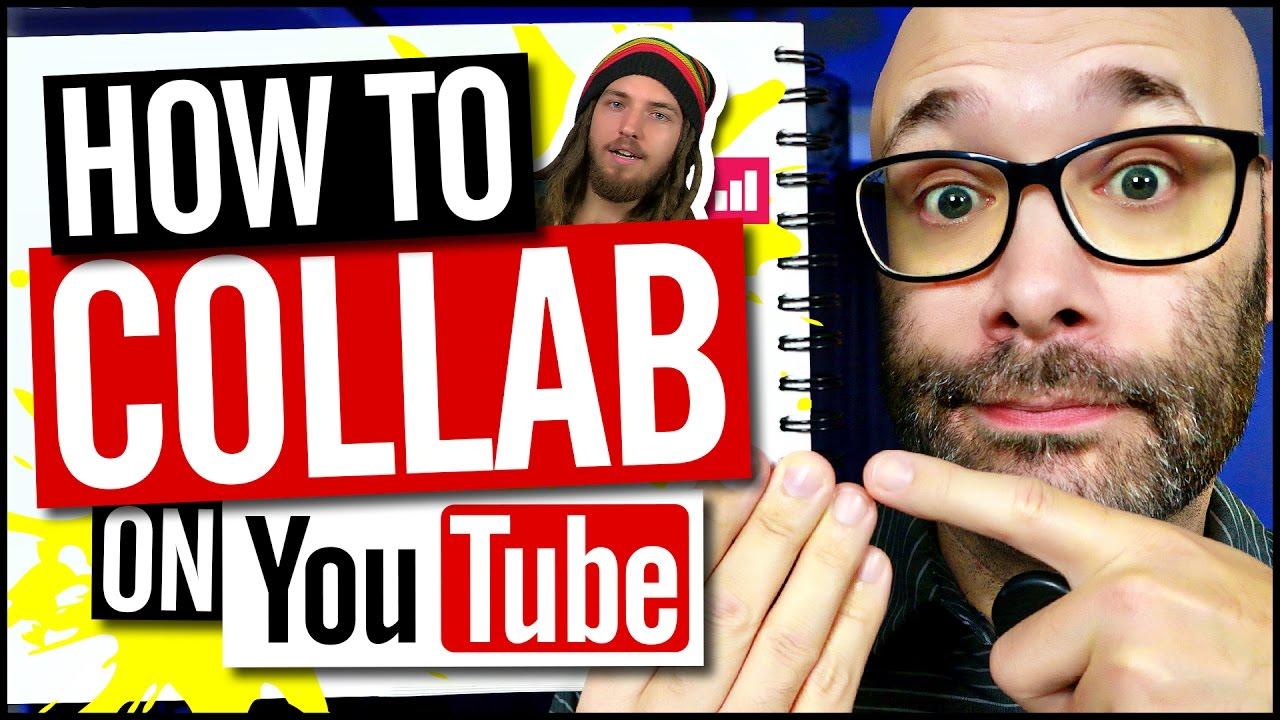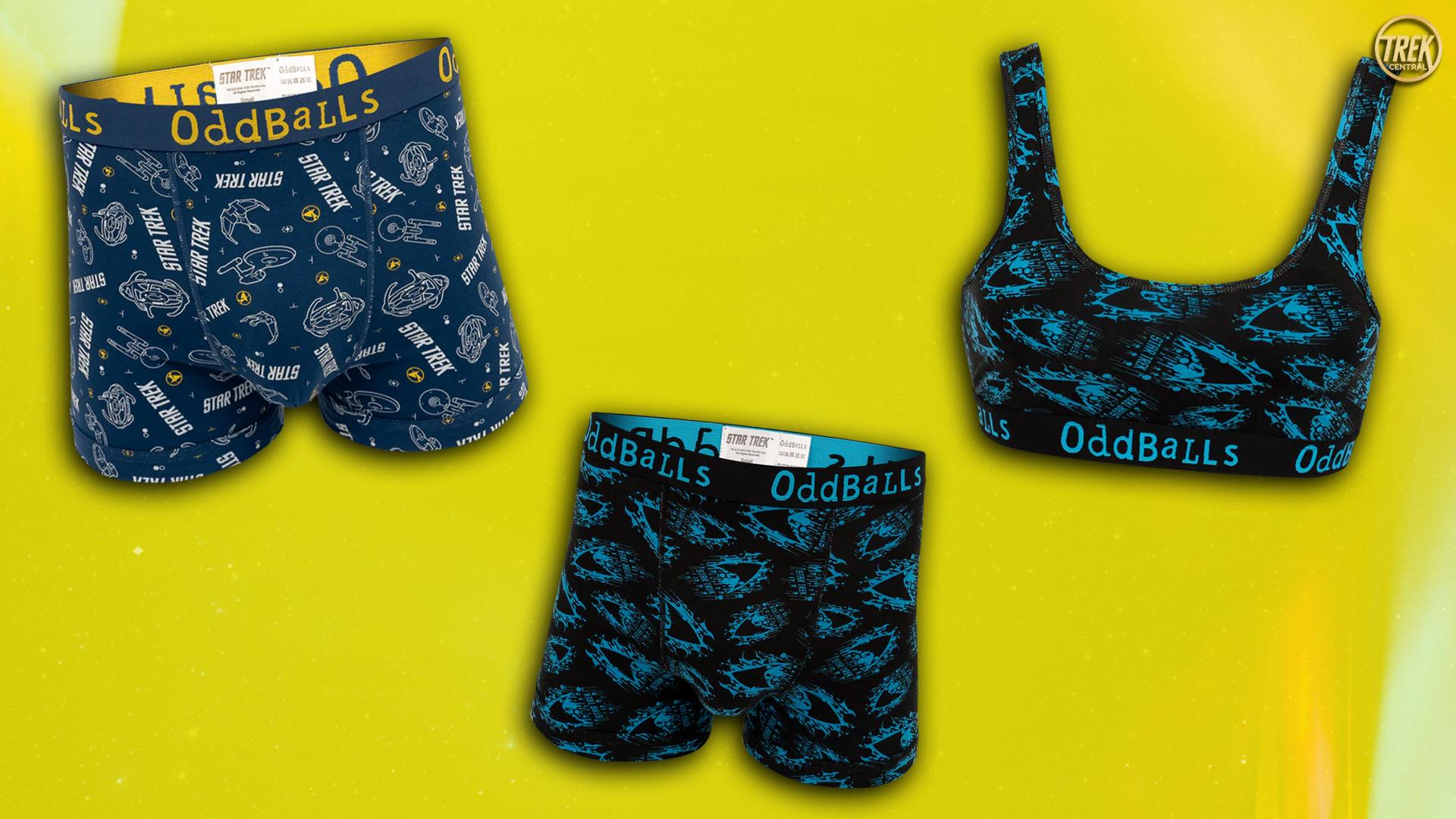
In the vibrant world of YouTube,where creativity meets community,collaborations have emerged as a powerful vehicle for content creators to expand their reach and ignite fresh ideas. Imagine teaming up with a fellow YouTuber whose style complements yoru own, harmoniously blending two distinct audiences into a tapestry of shared interests and passions. But how do you ensure that these collaborative ventures flourish? The secret often lies in a well-crafted brief—a blueprint that not only lays the groundwork for your creative partnership but also bridges the gap between vision and execution. In this article, we’ll explore the art of mastering YouTube collaborations by delving into the nuances of crafting compelling briefs. From defining objectives to setting expectations, we’ll guide you through the essential elements that can transform a simple idea into a magnet for engagement and excitement, ultimately fostering a collaborative culture that benefits everyone involved. Whether you’re a seasoned creator or just starting your YouTube journey,understanding the intricacies of collaboration will unlock new dimensions of creativity and connection in the digital sphere. Let’s dive in!
Understanding the Importance of Collaboration Briefs in YouTube Success
Collaboration briefs are not merely documents; they are the blueprints of triumphant partnerships on YouTube. Crafting an effective collaboration brief allows creators to articulate their vision, ensuring all parties are aligned towards a common goal. By clearly outlining the objectives, expectations, and the unique value each collaborator brings to the table, a well-prepared brief can prevent misunderstandings, keep the creative momentum flowing, and foster an atmosphere of teamwork. To maximize the potential of a collaboration, consider including the following elements in your brief:
- Goals: Specify what you aim to achieve through the collaboration.
- Target Audience: Define who you want to engage and why they matter.
- Content Ideas: Suggest themes or formats that resonate with the audiences of both creators.
- Timeline: Outline deadlines for planning, filming, and publishing.
- Promotion Strategy: Discuss how both channels will support the released content.
These components not only guide the collaboration process but also serve as a reference point to keep everyone on track.In addition, including a section in your collaboration brief to establish the terms of engagement can further enhance the partnership. Utilize a simple table to clarify responsibilities and milestones:
| Role | Duty | Due Date |
|---|---|---|
| Creator A | Scripting and Planning | MM/DD |
| Creator B | Filming | MM/DD |
| Both | Editing and Finalization | MM/DD |
By emphasizing clarity and clarity in your collaboration brief, you not only enhance the collaborative experience but also increase the chances of producing engaging content that resonates with your audience, ultimately leading to a successful partnership.

Essential Components of a Compelling Collaboration Brief
To create a collaboration brief that resonates, clarity is paramount. Start with a concise project overview that captures the essence of the collaboration. Ensure to clearly define the objectives of the partnership, outlining what success looks like for both parties. Including specific metrics can help provide a compass for the collaboration’s direction. Additionally, identify and articulate the target audience, since understanding who you’re both trying to engage can shape creative decisions. This alignment fosters motivation and ensures that all creative output is strategically targeted. Lastly, present a timeline with key milestones — a clear schedule helps manage expectations and keeps all contributors on track.
Equally notable is communicating the resource allocation each party will contribute.Detail any physical or digital assets, like logos or existing content, that will be shared. Be explicit too about promotional strategies — outline how each party will leverage their platforms to amplify the collaboration’s reach. A well-organized content plan would be beneficial to visualize how the collaboration will unfold over time.Below is a simple representation of potential roles and responsibilities:
| Role | Responsibilities |
|---|---|
| Creator A | Produces video content and engages with audience |
| Creator B | Promotes on social media and shares behind-the-scenes |
| Both | Coordinate marketing and evaluate performance |

Strategies for Effective Communication with Prospective Collaborators
Building rapport is essential when reaching out to potential collaborators. Start by doing thorough research on their content, audience, and values to tailor your message effectively. Personalizing your approach can make a significant impact, so consider mentioning specific videos or initiatives that resonate with your vision for collaboration. A warm and genuine introduction helps to establish an immediate connection, making it more likely they’ll be interested in your proposal. Additionally, you can enhance your communication by demonstrating your openness to feedback and showing recognition for their work.
Once you’ve created that initial spark, it’s time to outline your collaboration ideas clearly. Use concise and engaging language to convey the potential benefits for both parties, ensuring you highlight how each collaborator’s strengths can complement the other’s. Consider organizing your proposal into clear sections such as objectives, potential content ideas, and expected outcomes. This structured approach will not only facilitate understanding but also leave room for creativity. Remember to frame your collaboration invitation as an possibility for mutual growth and excitement, as this encourages a positive response.

Measuring the Impact of Collaborations and Refining Your approach
Once you’ve engaged in a collaboration, it’s essential to track its effectiveness to understand what worked and what didn’t. Begin by analyzing key metrics related to performance, such as:
- Engagement Rate: Monitor likes, comments, shares, and overall interaction with your video.
- Subscriber Growth: Keep an eye on changes in your subscriber count following the collaboration.
- Traffic Sources: Use analytics to see if new viewers are coming from the collaborator’s channel.
- Audience Retention: assess how well viewers watched the collaborated content versus your regular uploads.
To effectively refine your approach for future collaborations, consider conducting surveys or interviews with your audience to gauge their feelings on the collaboration. They can provide insights on content preferences and help you identify what resonated. Also, compile a simple comparison table showcasing the performance of different collaborations, allowing you to visualize trends and patterns.
| Collab Partner | Engagement Rate (%) | Subscriber Growth (%) | Traffic from Partner (%) |
|---|---|---|---|
| Partner A | 15 | 5 | 30 |
| partner B | 20 | 10 | 25 |
| Partner C | 10 | 8 | 20 |
Wrapping Up
mastering YouTube collaborations is not just about reaching out to potential partners or amplifying your content; it’s an art that begins with crafting a compelling brief. A well-thought-out brief serves as your foundation, guiding the creative journey and ensuring that all parties are aligned in vision and expectations. Remember, the power of collaboration lies in the synergy of unique ideas and diverse perspectives. By investing time in creating clear, engaging briefs, you are setting the stage for collaborations that can resonate with audiences and elevate your channel to new heights. So, as you embark on your next collaborative adventure, let your brief be more than just a document—make it a beacon that inspires creativity, connection, and innovation in the ever-evolving landscape of YouTube. Happy collaborating!